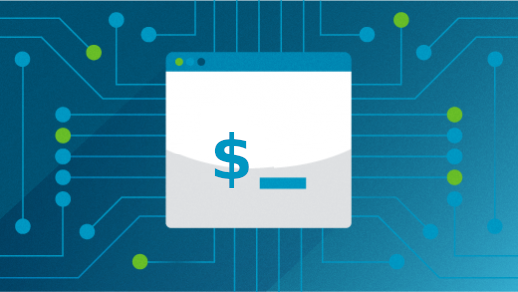Sherri is a Cat
Well-Known Member
There are some commands I see more than others. I want to know what they mean or what they do.
Sudo- This is one of two I see all the time.
I think 'sudo' means it's me and my elevated privileges because I have to enter my password. I saw the term 'Super User Do' somewhere. That's the only reason I have a vague idea what it means
apt-
I have no idea what this means, but I see it all the time.
'locate (what I'm looking for)'
I found this one on my own. I recently used 'locate zoom'. I was looking for Zoom files, as in the app. I later realized the results were for every single file on my system that has the term 'zoom' in the (path?). The number of lines generated were so many that I couldn't enter them all in the code dialog! </>
I recognize a lot of other commands that I see over. Sudo is the one I see most and have been told to use when people are helping. Right now, it's just sudo and apt that I'm pretty sure I'm going to be asked to enter in the terminal.
Questions:
Sudo- This is one of two I see all the time.
I think 'sudo' means it's me and my elevated privileges because I have to enter my password. I saw the term 'Super User Do' somewhere. That's the only reason I have a vague idea what it means
apt-
I have no idea what this means, but I see it all the time.
'locate (what I'm looking for)'
I found this one on my own. I recently used 'locate zoom'. I was looking for Zoom files, as in the app. I later realized the results were for every single file on my system that has the term 'zoom' in the (path?). The number of lines generated were so many that I couldn't enter them all in the code dialog! </>
I recognize a lot of other commands that I see over. Sudo is the one I see most and have been told to use when people are helping. Right now, it's just sudo and apt that I'm pretty sure I'm going to be asked to enter in the terminal.
Questions:
- How do I limit the results to the App? I'm guessing it might be a totally different command.
- What are the most common commands for the terminal?





